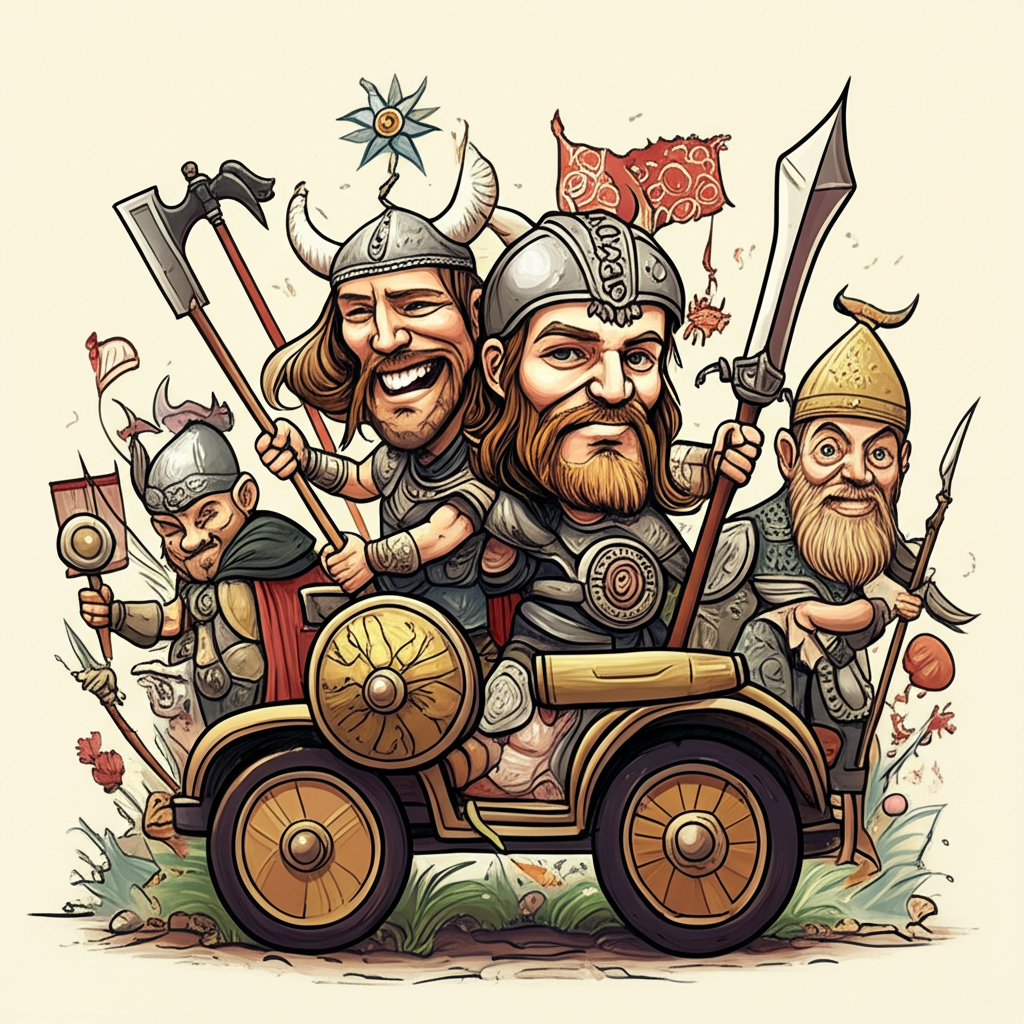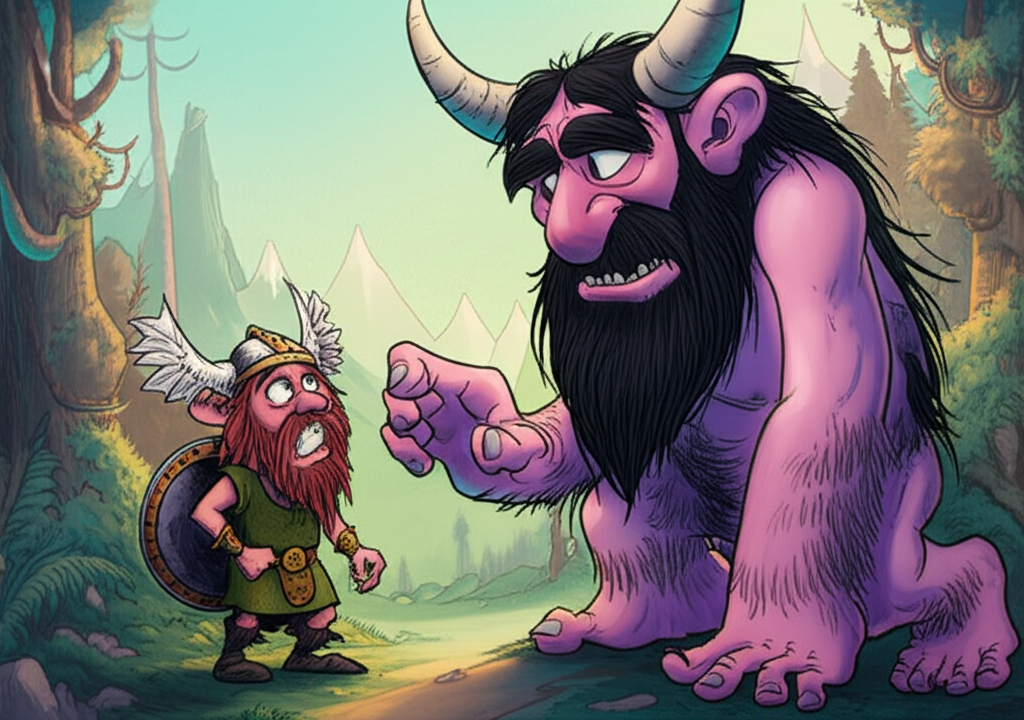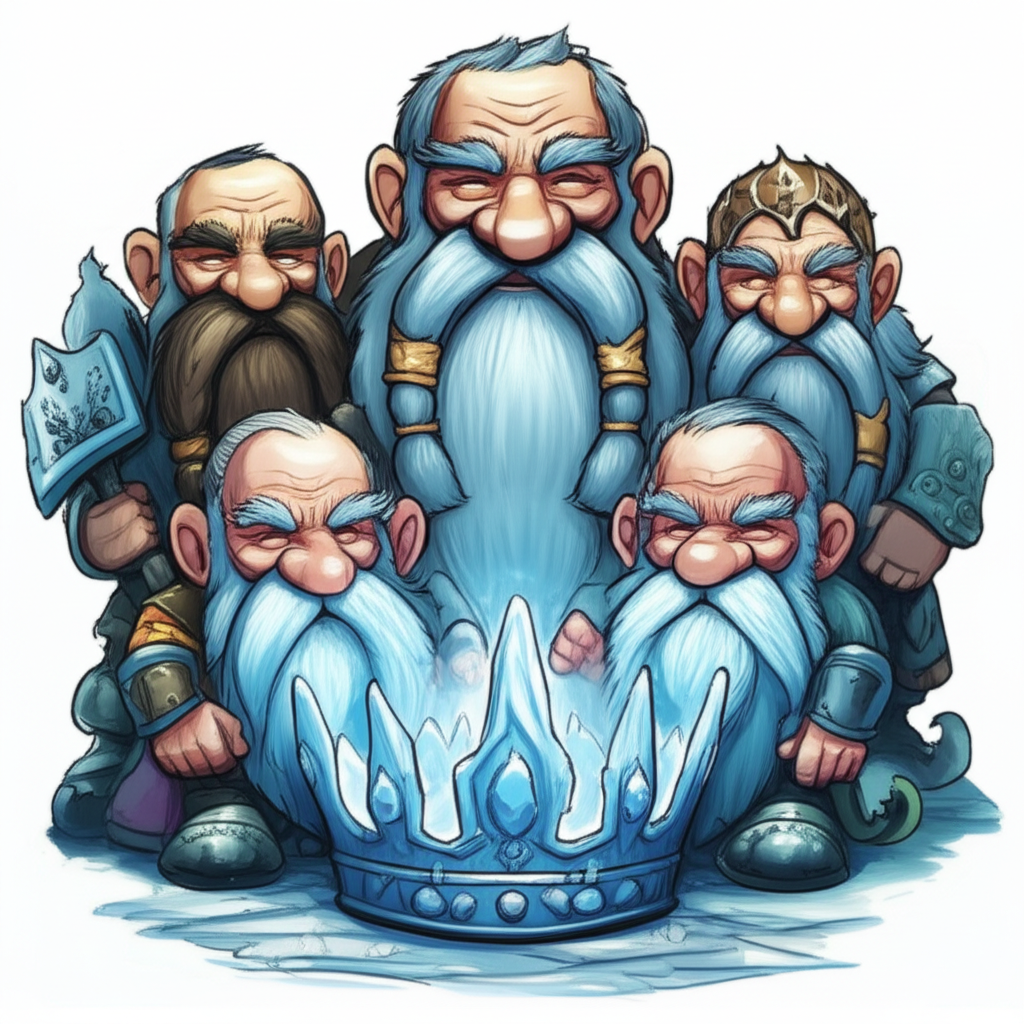
The frigid winds that sweep across the Scandinavian lands carry tales as ancient as the glaciers themselves. These are not mere stories, but the vibrant tapestries woven by the Norse people, a testament to their worldview, their fears, and their aspirations. Among these enduring narratives is the saga of the Aesir-Vanir War, a conflict that echoes through the very foundations of their mythological cosmos, and its grim coda, the unsettling whispers from Helheim.
This ancient lore, primarily preserved in the Icelandic Eddas – the Poetic Edda and the Prose Edda – emerged from a society deeply intertwined with the unforgiving yet bountiful natural world. The Norse lived in a realm of stark contrasts: long, dark winters that tested endurance and short, vibrant summers that demanded relentless effort. Their understanding of existence was shaped by this environment. They perceived a world governed by powerful, often capricious forces, personified by deities who mirrored the very elements they experienced. The cycle of life and death was a constant companion, reflected in the harshness of their winters and the eventual rebirth of spring. Their myths served as a framework for understanding these phenomena, offering explanations for the thunder’s roar, the sun’s warmth, and the inevitable chill of the grave.
At the heart of the Aesir-Vanir War lie two distinct pantheons, each embodying different facets of existence. The Aesir, residing in the celestial realm of Asgard, were often depicted as the gods of war, power, and order. Their king, Odin, the All-Father, was the god of wisdom, poetry, magic, and war, a complex figure embodying both fierce might and profound contemplation. Thor, his son, was the thunder god, protector of mankind, wielding his mighty hammer Mjolnir. These were the deities often associated with the elite warrior class and the established societal structures.
In contrast, the Vanir, dwelling in the fertile lands of Vanaheimr, were the gods of fertility, prosperity, magic, and the sea. Their most prominent figures were Freyr, the god of sunshine, rain, and bountiful harvests, and his sister Freya, the goddess of love, beauty, magic, and war, who possessed a unique connection to both life and death. The Vanir were often seen as more ancient, more connected to the primal forces of nature and the cycles of growth and decay.
The origins of the conflict, as recounted in these ancient songs, are shrouded in a mystery that hints at fundamental differences in their divine natures and domains. One prominent account suggests that the war began with a transgression by the Aesir. Gullveig, a sorceress deeply associated with the Vanir (often interpreted as a manifestation of Freya herself), was brought to Asgard. Her insatiable greed for gold, or perhaps her powerful seidr magic, proved so disruptive and offensive to the Aesir that they attempted to burn her three times. Each time, she was reborn, her power undiminished, igniting the fury of the Vanir.
The ensuing war was not merely a clash of armies, but a battle of divine wills and cosmic principles. It was a struggle that shook the very foundations of the Nine Worlds. The Aesir, with their martial prowess, launched fierce assaults. Thor, with his thunderous might, proved a formidable force, his hammer striking with devastating power. Yet, the Vanir, with their mastery of fertility and magic, proved equally formidable. Their influence permeated the very land, making it difficult for the Aesir to gain a decisive victory. The war dragged on, a brutal stalemate that brought no glory, only devastation.
As the conflict raged, a realization dawned: neither side could truly triumph. The Aesir, representing order and strength, and the Vanir, embodying growth and primal forces, were ultimately essential to the balance of the cosmos. The bloodshed was unsustainable, the divine energies expended in conflict could be better utilized. This mutual exhaustion led to a desire for peace, a desire born not of surrender, but of a pragmatic understanding of their interconnectedness.
The resolution of the Aesir-Vanir War was not a simple victory for one side, but a profound act of reconciliation and integration. A peace treaty was forged, marked by a symbolic exchange of hostages. Key figures from both pantheons were sent to live among the other, a testament to the sincerity of their newfound accord. Odin, the Aesir king, gained wisdom from the Vanir, and Njord, a prominent Vanir god of the sea, took his place among the Aesir. This exchange was crucial; it allowed for the merging of their powers and perspectives, enriching the divine tapestry of the Norse pantheon. The Aesir gained a deeper understanding of fertility and magic, while the Vanir, in turn, learned the ways of strength and order.
However, the resolution of the war did not erase its shadows. A chilling consequence of this divine strife, and a lingering reminder of the price of conflict, is the domain of Helheim. Ruled by Hel, the daughter of Loki, the trickster god, Helheim is the realm of the dishonorable dead – those who did not fall gloriously in battle. It is a place of eternal gloom, a cold and desolate land where the spirits wander in perpetual twilight, often depicted as gnawing on bones or suffering from a profound sense of regret and futility. The songs of Helheim are not songs of valor or triumph, but the mournful sighs of those who faced a quiet, uncelebrated end. It is a stark contrast to the heroic afterlife of Valhalla, reserved for those slain in combat, who feast and fight eternally under Odin’s watchful eye. Helheim represents the ultimate consequence of a life unfulfilled, a stark reminder of mortality and the paths not taken.
The symbolism embedded within the Aesir-Vanir War is rich and multifaceted. The conflict itself can be interpreted as a representation of the perennial tension between order and chaos, between the structured aspects of society and the untamed forces of nature. The Aesir, with their emphasis on martial discipline and cosmic order, can be seen as embodying the societal structures and the need for governance. The Vanir, with their connection to the earth’s bounty and the primal cycles of life, represent the fundamental, often unpredictable, forces of nature that sustain life. Their war, therefore, could symbolize the inherent struggles within any society to balance these two forces, to harness the power of nature without being overwhelmed by it.
The eventual peace and integration of the two pantheons speak to the necessity of balance and understanding. It suggests that true strength lies not in absolute dominance, but in the harmonious coexistence of seemingly opposing elements. The exchange of hostages underscores the importance of empathy and shared experience in forging lasting peace. Furthermore, the stark contrast between Valhalla and Helheim highlights the Norse cultural emphasis on honor, courage, and a glorious death. Helheim serves as a potent symbol of the fear of insignificance, of a life lived without purpose or impact, a cautionary tale whispered across generations.
In the modern world, the echoes of the Aesir-Vanir War and the chilling tales of Helheim continue to resonate. These myths have found fertile ground in literature, film, and video games, where they are reinterpreted and reimagined for contemporary audiences. From epic fantasy novels that draw inspiration from Norse cosmology to video games that place players in the roles of Norse deities and warriors, the stories of Asgard and its inhabitants remain a potent source of creative energy. Cultural studies scholars delve into these myths to understand the worldview of ancient Scandinavian societies, exploring themes of power, religion, societal structure, and the human relationship with the natural world.
It is crucial to reiterate that these narratives, however compelling and culturally significant, are traditional stories told by ancient people. They are products of human imagination, reflecting the understanding and beliefs of a bygone era. As Muslims, we recognize that only Allah, the Creator and Sustainer of all existence, holds ultimate truth and power. These ancient tales, while offering insights into human history and cultural heritage, do not diminish that fundamental belief.
The Aesir-Vanir War and the somber songs of Helheim stand as powerful testaments to the enduring human need to make sense of the world. They are intricate threads in the rich tapestry of cultural heritage, woven with threads of fear, hope, wisdom, and the boundless capacity for storytelling. These myths remind us of the power of narrative to shape understanding, to explore the complexities of existence, and to connect us to the imaginative spirit of those who came before. They are not to be believed as divine pronouncements, but cherished as windows into the human soul and the diverse ways in which we have sought to comprehend our place in the grand, mysterious cosmos.





